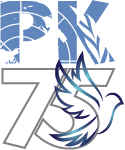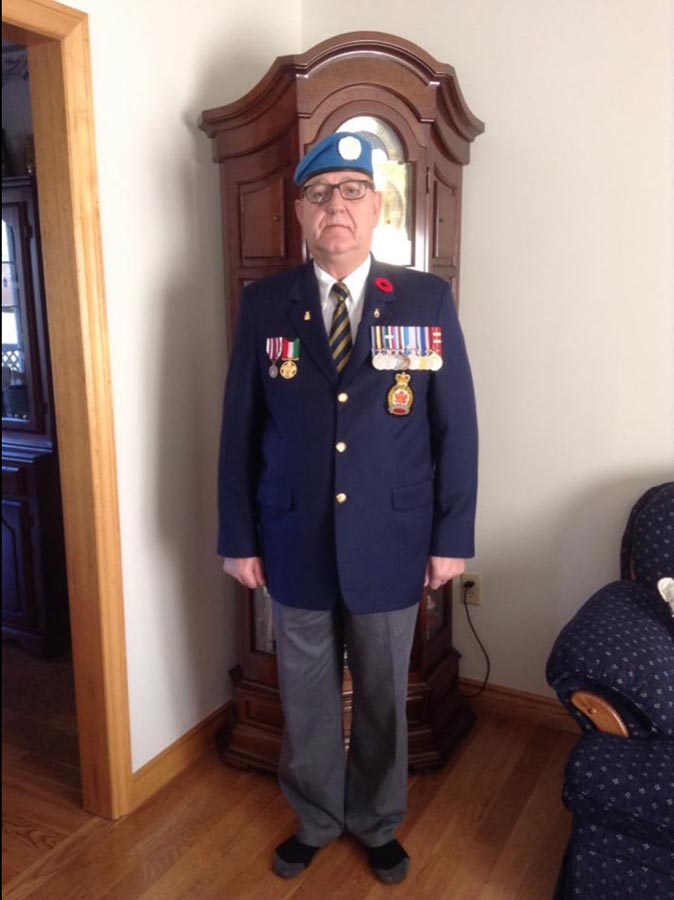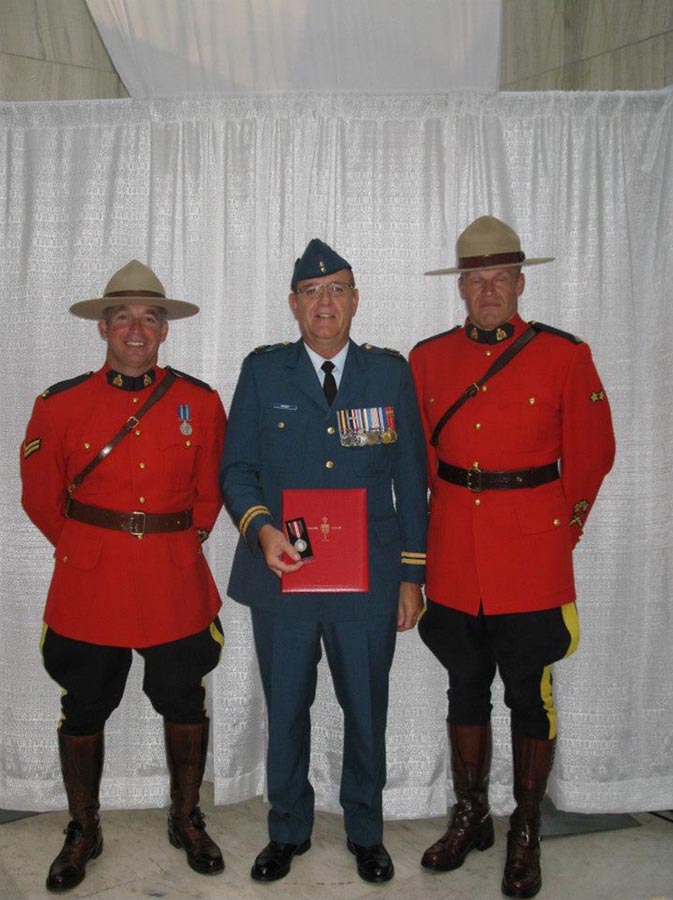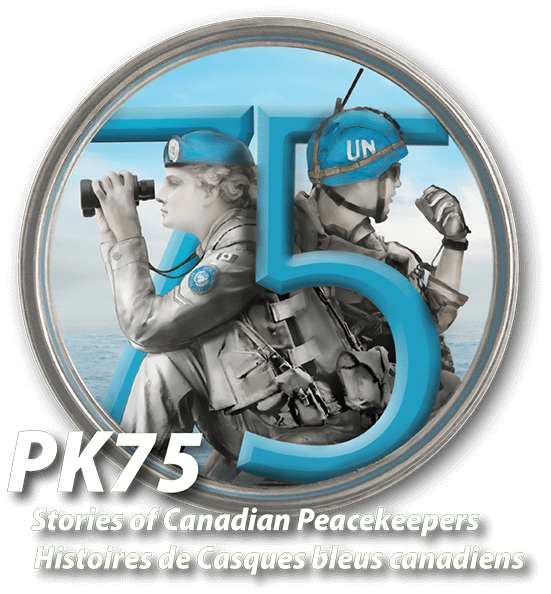

In November of 1981, a tasking was received at Base Supply Gagetown for a special project undertaking in Cyprus. This project was not your traditional Peacekeeping mission. I was a Master Corporal at the time and the project team was to consist of a Master Warrant Officer, a Sergeant, a Master Corporal and a Corporal. I immediately told my superiors that I would be willing to go, and a short time later a message was received that I was chosen.
I had to go to National Defence Headquarters to meet the remainder of the team and find out what this special project was all about. Well, little did I know how important this project was to the overall effectiveness of the UN mission. Also, little did I know until then and once in Cyprus, how important Master Corporal Gaudet was going to be to the team.
The Canadian Forces Supply System was a completely manual system up until 1974 when we received our first computers to manage all the materials required in the Canadian Forces. Now this project in Cyprus you have to remember was in 1982, so all the material in theater was still manually accounted for. This meant that no one other than the military staff in Cyprus knew exactly what was, or what wasn’t, in theater. This was not a good scenario for military planners or the Canadian Forces Supply system.
When we four arrived in Cyprus in January of 1982, what we discovered was that all the Supply equipment was in square cardboard boxes about four feet by four feet with a lid on them. There was everything from small packages of screws for rifles in plastic bags to spare parts in greased and waxed packages for armoured vehicles. All these boxes had overhead shelter but had tons of dust and debris on top and within them. To secure all this equipment was a fenced, locked compound under the control of the Supply Technicians who had preceded us.
What we found was that, in preparation for us and our special project, a Warehouse had been built within the compound, and all shelving had been secured and was ready for us to erect. Also, we were given a pickup truck for our use. What was quickly discovered when the question arose, was that I was the only one of the team qualified to drive this military vehicle.
Ok, lets build a Supply Warehouse. Shelving was brought inside and erected. Then lines had to be painted on the floor to establish our location system. If we were going to take everything out of those cardboard boxes and put them on shelving, it was important that a location system be developed and the location of each item be recorded for ease of access, or counting, if necessary. One after the other, each big box was brought to our new warehouse and emptied, the contents cleaned, counted, and placed strategically on the shelving. Each item was given a new location and, for now, a new manual card was made up and the item’s location noted on it. As the boxes emptied, garbage had to be carted away. Thus, the requirement for our pickup truck. There was a dump at the Nicosia Airport on the opposite side of the bombed-out runway and this is where I had to drive to offload all this garbage. We were within the area of UN control but I was within eyesight of the Turkish guard posts. I for sure did not waste much time offloading!! I must admit, there was a lot of cleaning, counting, and warehousing to be done. As we emptied those big boxes, we often found more of the same and thus had to continuously revise our count.
You have to remember, there were only four of us for this project, so it was definitely a time consuming job. Once all the stock was moved into the new warehouse, locations verified, and all the counts determined to be 100% correct, it was now time to build everything into the Canadian Forces Supply System computers. We had to make two identical stock record cards for each item warehoused. Problem was that the computers were not the little desktop or laptop computers we recognize today, but rather large mainframe computers with card readers; plus, the computers were on our NATO base in Lahr Germany. Master Corporal Gaudet to the rescue once more. None of the team except me had been posted to Lahr, so they were not familiar with the Base or the personnel there. I was sent to Lahr with a box full of stock record cards and ordered to build our complete inventory on computer. Once completed, I was to report to the Master Warrant Officer in Cyprus, who was to contact the project manager in Ottawa, who would then “Throw the switch” and the Cyprus inventory would be visible online and part of the National inventory.
I was presented my UN peacekeeping medal at the plane just before leaving Cyprus, because I would be going directly back to Canada from Lahr once my mission there was completed there. As I said in the beginning, this mission was not your typical UN Peacekeeping mission, but it was a very necessary tasking to ensure that future missions were successful logistically!
Biography
Captain Gaudet began his career in uniform as an Air Cadet in his hometown of St. Louis, PE. He joined the Canadian Armed Forces as a Supply Technician in August 1972. Boot camp in Cornwallis NS was a breeze, mainly because of his previous cadet training.
His first posting was to CFB Gagetown as part of 3 Service Battalion then to Base Supply from 1974 to 1977. In May 1977, then Corporal Gaudet, was posted to Lahr Germany as a member of 4 Service Battalion. He returned to Gagetown in 1981 and four months later was sent to Cyprus on Peacekeeping mission. Master Corporal Gaudet was promoted to Sergeant in May of 1982 and in 1984 he was posted to CFB Borden, ON as a Supply instructor at the Canadian Forces School of Administration and Logistics (CFSAL) In 1985, Sergeant Gaudet was promoted to Warrant Officer and, in 1987, he was posted once again to Lahr Germany, this time as Regimental Quarter Master (RQ) of 4 Combat Engineer Regiment. Warrant Officer Gaudet was promoted to Master Warrant Officer in June of 1988. Master Warrant Officer Gaudet was then seconded to the Umpire Unit as Quartermaster of the unit for Exercise REFORGER 1988. Once this tasking was completed, Master Warrant Officer Gaudet was posted to Forward Mobile Support Unit (FMSU) as RQ.
In August of 1990, Master Warrant Officer Gaudet was chosen to lead the Supply Support mission for Operation Scimitar (Canada’s contribution to Operation Desert Storm). In January 1991, he was commissioned to Captain and, after a couple of courses, he and family were posted to Charlottetown, PE. Captain Gaudet was the first Detachment Commander of the newly formed support Detachment when CFB Summerside closed its doors in 1991.
Captain Gaudet retired from the Regular force in 1996 and then joined the Reserves as a Cadet Instructor Cadre (CIC) officer with 60 Confederation Royal Canadian Air Cadet Squadron and did this for 15 years (eight of those as Commanding Officer).
Captain Gaudet was Aide de Camp for two Lieutenant Governors, Her Honour, Barbara Hagerman, and His Honour, Frank Lewis. He was on the Executive of the Knights of Columbus at his Church for 24 years, a Charter member and Chair of Citizens on Patrol in Cornwall, PEI for 10 years, and is now on the Executive of his local Legion for the past five years, where he currently serves as Membership Chair.
He has been married to his Wife Beverly for 47 years and they have three Children, Melanie, Ashley, and Brendan. Melanie is Commanding Officer of an Air Cadet Squadron in Dartmouth NS, Ashley is a full time Reserve Force Captain at Air Command HQ in Winnipeg, MB, and Brendan is a Corporal Lineman in CFB Gagetown, NB.

Ray Gaudet.

Captain Ray Gaudet receiving the Queen’s Platinum Jubilee Medal.


